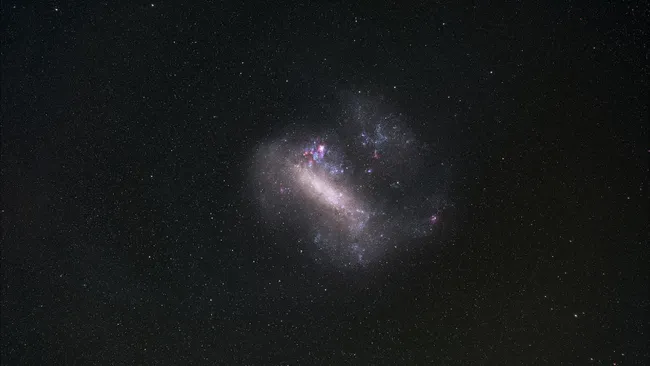An ancient star discovered in the Large Magellanic Cloud has revealed the chemical fingerprint of the early universe. This shows that conditions were not the same everywhere when the first stars created the elements necessary for life.
Scientists have detected one of the oldest known stars outside the Milky Way. The discovery, reported in March in the journal Nature Astronomy, uncovered a remnant of the early days of the universe in the Large Magellanic Cloud (LLC), a companion galaxy to the Milky Way, and revealed conditions before the Sun came into being.
The first stars born after the Big Bang lived and died billions of years ago; There is no one left behind to tell the story of the early universe. However, traces of these stellar ancestors have been preserved in the second generation of stars that formed and are still alive today.
The outer layers of these ancient stars “preserve the chemical composition of natural gas clouds,” says study lead author Anirudh Chiti, an astrophysicist at the University of Chicago, thus revealing the composition of the first generation of stars that seeded these clouds with new chemicals. , he told LiveScience in an email. According to Chiti, the composition of these stars provides a window into the early formation of elements when stars formed billions of years ago.
Hunting for star remnants
The oldest stars exploded billions of years ago, shortly after the Big Bang. They were giants made of elements that were abundant at the time: about three-quarters hydrogen and one-quarter helium. These giants rapidly burned their nuclear fuel, shed their outer layers, and then went supernova, contaminating their stellar environments with new, heavier elements forming in their cores.
This star ash entered the mix when second-generation stars were born from gas clouds enriched by first-generation stars. This cycle continued, building heavier and heavier elements and even seeding space with building blocks for life. It is the source of the oxygen we breathe, the calcium in our bones and the iron in our blood cells.
By measuring the amount of these elements in a star, astronomers can estimate the star’s age. The less “ash” that has accumulated, the older the star must be, although younger stars have accumulated many elements of previous generations.













